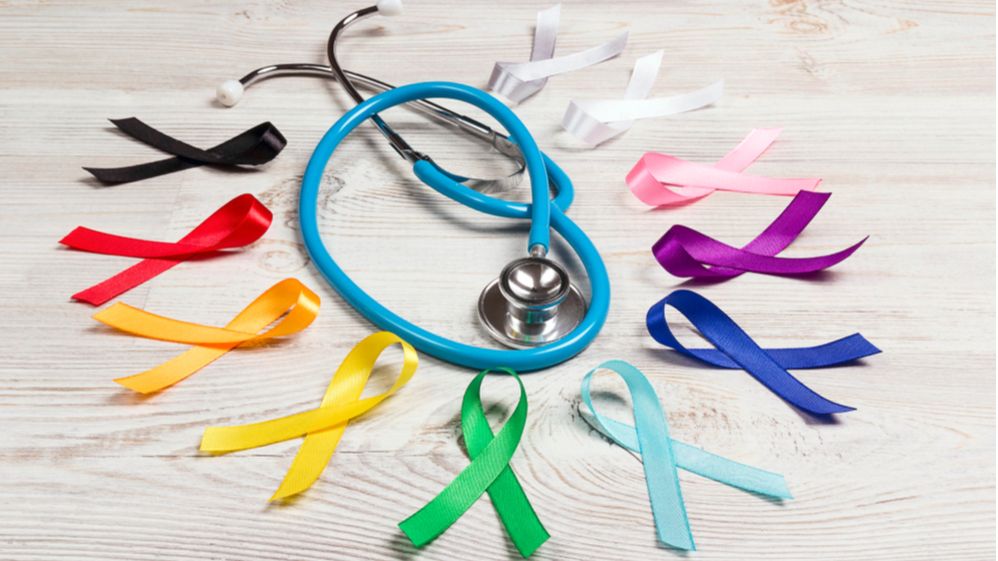
Every year in the month of April, the country honors the fearless spirit of millions of Americans who are currently battling cancer and cancer survivors. Throughout April, recognized as Cancer Control Month, organizations from coast to coast honor those affected by cancer by committing to strategies aimed at reducing the burden of cancer.
President Franklin D. Roosevelt declared the first Cancer Control Month in April 1943. At that time, cancer was claiming the lives of nearly 150,000 Americans each year, despite many deaths being preventable by regular medical examinations. This realization led President Roosevelt to declare April as Cancer Control Month and to call upon medical professionals, schools, universities, media, and all other agencies and individuals to join his movement. Every April since, Americans far and wide participate in raising awareness for cancer prevention, detection, and treatment.
Last year, approximately two million people were diagnosed with cancer in the United States alone. This ever-growing number has continued to shape the way in which Cancer Control Month is enacted. Most recently, the goals and programs of Cancer Control Month have shifted into distinct categories:
The first is cancer prevention. As it stands, between 30-50% of all cancer cases are preventable. Prevention is the most cost-effective long-term strategy for the control of cancer and can be done by raising awareness, reducing exposure to cancer risk factors, and ensuring that people are provided with the information and support needed to adopt healthy lifestyles.
The second goal of Cancer Control Month is early detection of cancer. Early detection of cancer greatly increases the chances for successful treatment. There are two major components of early detection of cancer: education and screening.
- Education to promote early detection aims to provide individuals with an understanding of cancer risk factors and symptoms. Understanding what causes cancer and what cancer may look or feel like increases the likelihood of individuals speaking with their care providers as well as health professionals noticing cancer from an early stage. The National Foundation for Cancer Research has created a Cancer Prevention and Early Detection Kit that explains what cancer is, what you can do to help minimize risk, and how to detect cancer in its earliest stages. You can download the toolkit by clicking here.
- Screening refers to the use of simple tests across a healthy population in order to identify individuals who have disease, but do not yet have symptoms. Common screening tests include pap smears, mammograms, and colonoscopies. Download a comprehensive list of cancer screenings listed according to gender and age by clicking here.
Summit provides a wide range of cancer screenings. For additional information or to schedule an appointment, visit our website at www.summitmedical.com.
